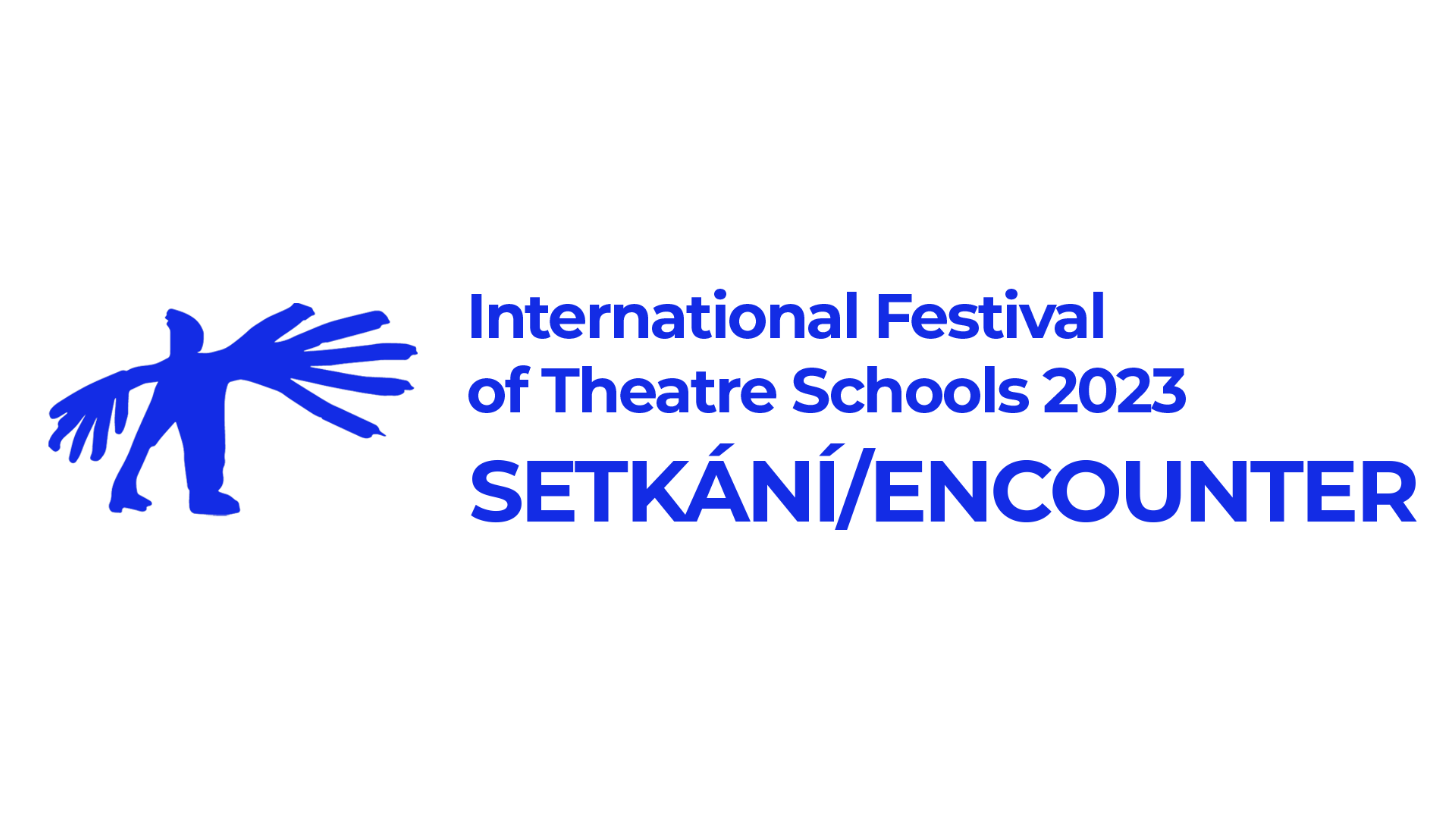
How do you know..?
Truth. There are countless variations of it – each of us sees things from a slightly different point of view, so even our perception of truth is always somewhat unique. So is it even possible to find the absolute “real truth”? Six characters try to answer this question after being metaphorically hit by a seventh character (possibly representing the author of the play) with a cue which make them spread all across the stage like balls in a game of billiards.
The play Zdeněk Adamec is an adaptation of the work of the same name by the 2019’s Nobel Prize laureate Peter Handke. His play is based on a real event that took place in Prague’s Václavské náměstí on March 6, 2003: student Zdeněk Adamec lighting himself on fire. After the play’s first successful Czech staging at Divadlo Na zábradlí, directed by Dušan David Pařízek, the students of DAMU’s Department of Dramatic Theatre decided to adapt it as their second graduation production.
The performance is filled with numerous references, motifs, and themes in which one can easily get lost with even the slightest lapse in attention. However, this perfectly represents how easily we can become disoriented in today’s world, overwhelmed by a flood of information from all sides, and how difficult it is to find a truth we can truly believe in. Especially when everyone tries to impose their own, which is often in direct contradiction to others’ views. To depict this diversity, the creators introduced six characters, each with a clearly defined personality – e.g. a child, a young woman obsessed with facts, a bartender who seizes every opportunity to take a sip from the bottles he always has within reach due to his profession. They elaborate on their views and opinions through their monologues, all of which are tied to one main topic – their stance on Zdeněk Adamec’s act. Yet they do not believe one another; they dismiss each other’s truths, constantly challenging each other with questions like “How do you know..?” and demanding evidence to factually support their claims.
Regarding the acting, I found the play well thought-through. Despite the somewhat stereotypical character selection, the actors and actresses fully embodied their roles and remained in character throughout the performance even when the spotlight was not directly on them. Julie Stejskalová convincingly portrays a person with a childlike mind through her restlessness, sudden moments of deep contemplation, and compulsive repetition of the words and movements of others. Creating quite a big contrast, Michaela Krylová transitions from playing a fact-obsessed woman (who cites everything from air temperatures to bucket sizes) to embodying a drunken neighbor. Her gestures suddenly become sort of careless and her speech shifts into incoherent mumbling – a strong contrast to the clear, confident tone she has used just moments earlier to tell everyone what she considers essential information.
The set design makes the stage into a bar (Heartbreak Café). At the front of the stage stands a billiard table, used for the metaphorical “push” of the characters into the story. There is also a bar counter covered in graffiti, behind it shelves stocked with bottles of various-colored liquids, and a stage with a piano which is used for playing live music throughout the play, just like the ukulele hanging on the wall behind it. In moments of confusion, when the characters struggle to decide whose truth to believe, the bar is illuminated with a green neon light, and whispers of doubtful thoughts about the sources from which the bar’s visitors have drawn their information emerge from the shadows. Towards the end of the play, the performance even incorporates scenes performed in total darkness, referring to Adamec’s “hobby” of cutting off electricity – “darking”.


